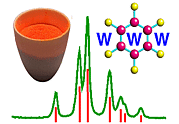 |
Sample Preparation |
 |
Sample Preparation |
Sample Preparation
Grinding
Before you mount your sample in a sample holder, you should consider whether you need to grind or sieve it.
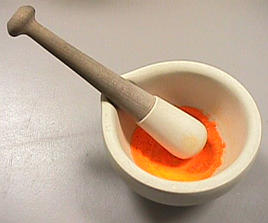 |
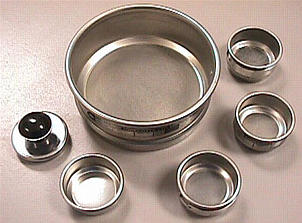 |
|---|
Grinding (or even milling) may seem an obvious requirement if you want to achieve a fine powder. For some materials, e.g. many ceramic powders, grinding presents no problems and should always be performed. However, for some materials grinding can be a serious problem leading in some cases to poor powder diffraction data. Soft materials such as many organic compounds are not easy to grind and may simply clump when grinding. One solution is to cool the material and then grind it, but this is best done under dry nitrogen so as to avoid the condensation of water into the sample. Hard materials may require milling, but beware of introducing strain (or even impurities from the mill) into the sample. Layered materials such as graphite and many metal disulphides may undergo shearing of the layered structure on grinding due to the weak nature of the forces that hold the layers together.
An example of where grinding has damaged the sample is shown below
in the powder diffraction pattern for the mineral cinnabar
(the bright red polymorph of HgS). Cinnabar is known to be a soft mineral.
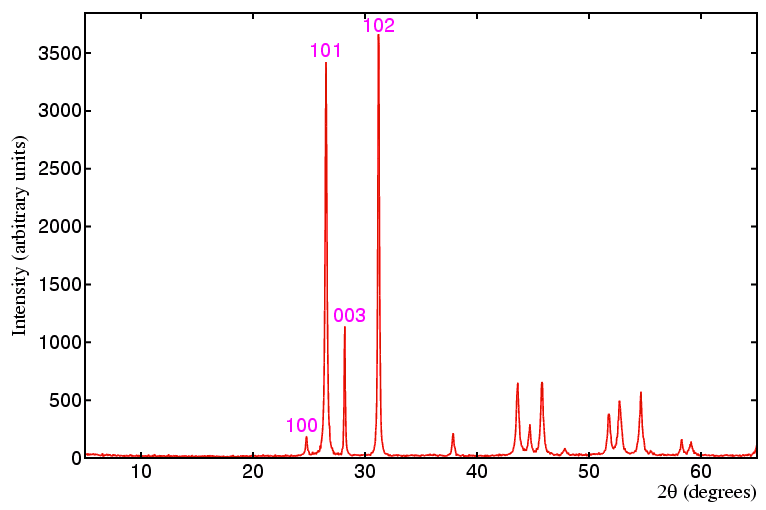
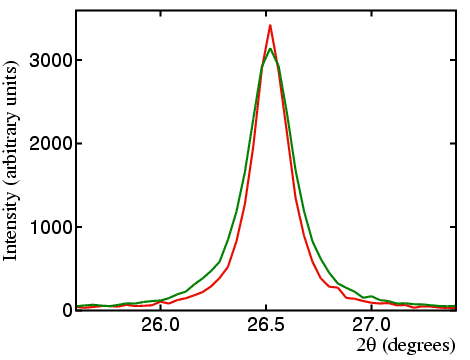
Sieving
Sieving the sample is generally good practice, but may not be possible for soft or sticky samples. Sieves vary in mesh size from the large 250 µm mesh shown below left to useful intermediate sizes such as 38 and 75 µm shown below right down to tiny mesh sizes such as 5 µm.
Sieving has several functions. Course sieves are obviously used to removed large lumps of material, and on favourable occasions, it may even be possible to separate a mixed phase sample by sieving out the wanted/unwanted component. If you are planning to use fine glass capillary holders (e.g. 0.2 mm), then a sieved powder is less likely to get stuck halfway down the capillary than a non-sieved one. Fine sieves (e.g. a 38 µm mesh) can be used to extract a fine powder from a material that has been difficult to grind or where grinding has been deliberately avoided. Very fine sieves require a lot of patience in their use since transmission of the powder through the sieve is very slow.
| © Copyright 1997-2006. Birkbeck College, University of London. | Author(s): Jeremy Karl Cockcroft |